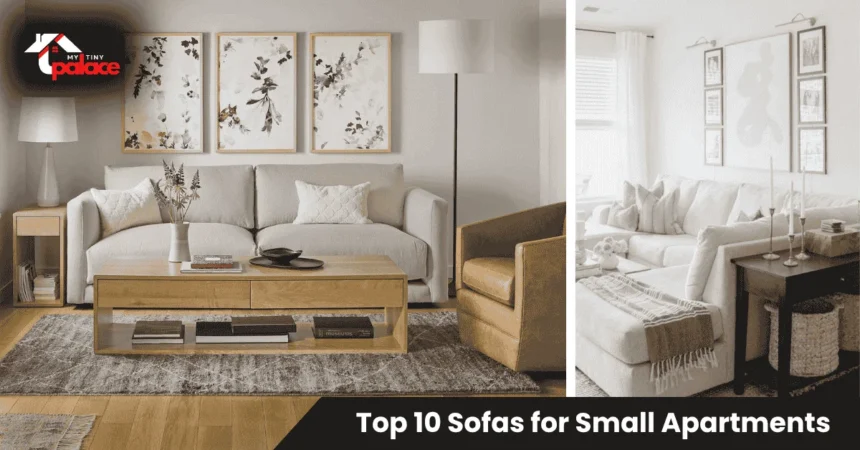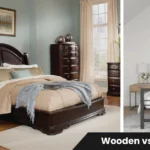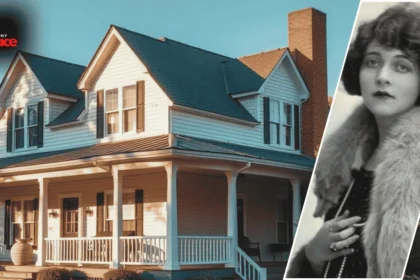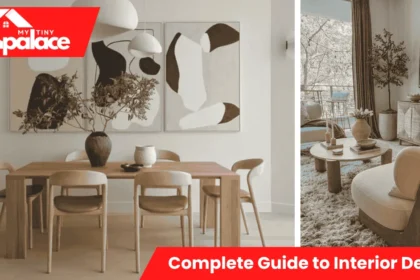Quick summary
Finding the right sofa for a small apartment means prioritizing space, comfort, and practicality. This guide walks you through ten reliable compact sofas, explains how to measure before buying, and shows you which styles work best for tight living spaces.
- Quick summary
- What are the Top 10 Sofas for Small Apartments?
- Why compact sofas matter for small apartments
- Space-saving sofa types and key features
- How to choose the right sofa for your small apartment
- Top 10 Sofas for Small Apartments
- Costs, dimensions, and delivery considerations
- Pros and cons—who should consider each style
- Quick decision flow—your next steps
What are the Top 10 Sofas for Small Apartments?
When you live in a studio or a small one-bedroom, every piece of furniture matters. Your sofa takes up more floor space than anything else in your living room, so choosing the wrong one can make your apartment feel cramped and uncomfortable. This list focuses on sofas designed specifically for tight spaces—loveseat sizes, slim-arm designs, and convertible options that serve double duty. We’ve included real dimensions, price ranges, and practical pros and cons so you can compare options without guessing whether a sofa will actually fit through your door or up your staircase.
Why compact sofas matter for small apartments
A compact sofa solves three major problems renters and small-space owners face. First, it actually fits. Unlike a standard 84-inch sectional that blocks your walkway, a well-chosen 60-inch loveseat leaves room to move between your living area and kitchen. Second, it moves more easily. When you need to rearrange or move to a new apartment, a slim sofa is manageable—sometimes even without professional movers. Third, compact sofas often come with smart features: hidden storage drawers, fold-flat backs that convert to beds, or modular sections you can rearrange as needed.
Real-life scenario: You’re in a 350-square-foot studio with an open floor plan. Your sofa placement directly affects whether you have a usable living zone or a cramped, dead space. A 72-inch loveseat with removable legs takes up just 72 inches of wall space but gives two people comfortable seating and costs half what a larger sectional would. That same sofa might also fold into a guest bed, eliminating the need for a separate daybed in a corner.
Space-saving sofa types and key features
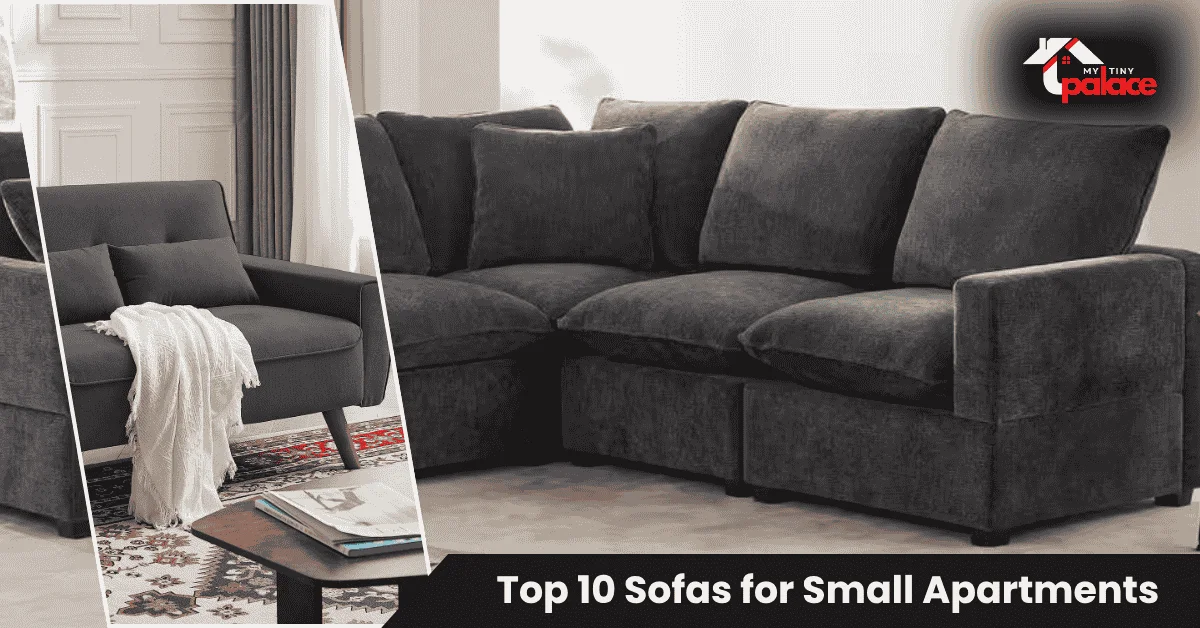
Before you shortlist models, understand which compact sofa style matches your needs. A loveseat runs 52 to 72 inches wide and seats two people comfortably. It’s the most popular choice for small apartments because it balances seating with floor space. An apartment sofa is a full-size two-seater that’s shallower (around 30–32 inches deep instead of 36–40 inches), so it eats less depth in narrow rooms.
A sleeper sofa converts into a bed by pulling out a hidden mattress or folding a back cushion flat. Useful if you host guests regularly or need a guest bed without a spare bedroom. A storage sofa has a hinged seat or underside compartments for blankets, pillows, or seasonal items—great for hiding clutter in tiny studios. A modular sofa comes in pieces you assemble and rearrange, letting you customize the fit for odd alcoves or L-shaped walls.
Key features to scan for: removable legs (they help fit tight staircases and adjust height for cleaning under), slim arms (they save inches of width compared to track arms), fold-flat backs (they signal conversion to a bed or chaise), and durable fabric (linen or performance blends handle daily wear in high-traffic small spaces better than delicate materials).
How to choose the right sofa for your small apartment
Start by measuring your room and entry points. Write down your living room length, width, and ceiling height. Measure your entryway door, staircase width, and any hallway corners the sofa must pass through. Seriously—this step prevents expensive returns. Many people buy online, only to realize the sofa won’t fit up a narrow staircase or through their apartment door. Check our Furniture Buying Guide for Small Homes for a complete measuring checklist and decision framework.
Next, decide your primary use. If you mostly lounge while watching TV, a comfortable, firm loveseat works perfectly. If you host overnight guests, a sleeper sofa makes sense even if it costs more. If storage is your bottleneck, a storage ottoman or modular sofa with hidden compartments solves double duty.
Consider your material based on how you use the sofa. Leather is easy to clean but cold to the touch and pricey upfront. Performance fabric (synthetic blends) resists stains, feels warmer, costs less, and works better in apartments where spills happen. Natural linen breathes but stains more easily and wrinkles naturally—fine if you like a relaxed look. Choose based on your lifestyle, not just appearance.
Check arm style and seat depth. A slim-arm loveseat leaves more walking space than a wide-arm design. A deep seat (34+ inches) feels cozier but takes up more floor space; a shallow seat (under 32 inches) leaves room to move. If you’re shorter than average, a lower seat height (16–18 inches) feels more comfortable than a standard 18–20 inches.
Firmness matters too, especially if you’ll use the sofa as a daily bed. A firm cushion supports your back and lasts longer than a soft, squishy cushion that sags after a year. Most quality sofas come with medium-firm cushions that balance comfort and durability. Check the return policy—most online retailers offer 30–60 day returns, giving you time to test whether the sofa actually works in your space before committing.
Top 10 Sofas for Small Apartments
1. IKEA Kivik Loveseat (60 inches wide, 38 inches deep) — This compact two-seater is a budget workhorse for small apartments. It assembles in under an hour, comes in neutral colors, and costs between $300 and $450. Pro: slips through most doorways and lasts through a move or two. Con: cushions soften after a couple of years, and it’s not a sleeper.
2. West Elm Slope Petite Sofa (72 inches wide, 32 inches deep) — A mid-range option with a shallow seat perfect for tight rooms. The narrow arms save space, and it seats two to three people. Price hovers around $900–$1,100. Pro: built to last and looks sleek in any apartment style. Con: a higher price means it’s not for every budget, and returns can be complicated online.
3. Article Sven Loveseat (66 inches wide, 36 inches deep) — Scandinavian-style design in wood and fabric blends clean lines with comfort. It costs $400–$600 and works in both modern and minimalist spaces. Pro: removable legs make it easy to move through tight staircases. Con: cushions compress over time on the firmness scale.
4. Wayfair Serta RTA Sofa (72 inches wide, 35 inches deep) — A ready-to-assemble option that arrives mostly put together. It’s budget-friendly at $350–$550 and includes a pull-out mattress in the base. Pro: double-duty as a bed and seating for guests. Con: mattress is thin, so it’s best for occasional use, not nightly sleeping.
5. Crate and Barrel Axis Petite Sofa (75 inches wide, 31 inches deep) — On the larger side but still petite by standard couch measures. Its shallow depth makes it work even in L-shaped or alcove living rooms. Price runs $1,200–$1,600. Pro: customizable in dozens of fabrics and colors. Con: delivery can be slow, and assembly requires basic tools.
6. Burrow Nomad Modular Sofa (72 inches wide as standard, modular additions available, 31 inches deep) — A modular compact sofa you assemble yourself without tools. Starts at $600 and works in pieces if your space is oddly shaped. Pro: designed to move, with handles built into each section; great if you’ll change apartments often. Con: Most modular setups cost $800–$1,400 when fully kitted out.
7. IKEA Moheda Sleeper Sofa (59 inches wide, 31 inches deep) — A slim convertible sofa that folds flat into a bed at $400–$600. Perfect for studios where sleeping space doubles as lounging space. Pro: saves money and floor space compared to a sofa plus daybed setup. Con: mattress is thin (about 6 inches), so it’s better for a couple of nights than for long-term guests sleeping.
8. Apt2B Cozy Apartment Sofa (76 inches wide, 32 inches deep) — Specifically marketed for small living rooms, with a storage ottoman included. Costs $700–$900 and comes in colorful, pattern-friendly fabrics. Pro: storage ottoman hides blankets and pillows; good for renters who need flexibility. Con: slightly over 72 inches might be tight for very narrow doors.
9. West Elm Urban Loveseat (60 inches wide, 34 inches deep) — A minimalist design with slim track arms, priced at $600–$800. The low-profile silhouette makes rooms feel bigger and works with almost any apartment style. Pro: legs are removable for stairs and easy under-sofa vacuuming. Con: sits lower than average, so it’s not ideal if you have mobility issues.
10. Wayfair Latitude Run Sectional Chaise (68 inches wide plus 35-inch chaise, 34 inches deep) — A right-angle sectional that fits corner spaces better than a standard sofa. Available at $500–$750 for a compact two-piece setup. Pro: gives you a chaise for lounging without taking up extra floor space compared to a sofa plus ottoman. Con: requires a corner space and more wall measurement planning.
Costs, dimensions, and delivery considerations
Compact sofas range from $300 (budget RTA options) to $2,000 (designer pieces), with most quality small-space sofas landing between $600 and $1,200. Dimensions matter more than price here. Look for sofas under 72 inches wide if your living room is under 10 feet wide, between 72 and 80 inches if you have a 10-by-12-foot space, and up to 84 inches only if you have an open floor plan with dedicated seating zones.
Before ordering, check the sofa’s depth. If your living room is shallow (less than 15 feet deep), a 32–34 inch deep sofa leaves walkable space. If you have a longer room, 36–40 inches deep still works because it doesn’t block your path to the kitchen or bedroom.
Delivery is where small-space shopping gets tricky. Most retailers offer white-glove delivery (they assemble and position the sofa for you, $100–$300 extra) or curbside delivery (it drops at your door, you move it). If your apartment has a narrow staircase or elevator, curbside delivery saves money but means you’ll need help moving the sofa. Always ask the retailer: Can this sofa be disassembled? Will it fit through a 32-inch doorway? Some sofas have removable legs or are split into sections for tight spaces.
Quick cost and size reference
| Sofa Type | Typical Width | Typical Depth | Rough Price Range |
|---|---|---|---|
| Loveseat | 52–72 inches | 34–38 inches | $300–$800 |
| Apartment sofa | 60–75 inches | 30–34 inches | $500–$1,200 |
| Sleeper sofa | 60–72 inches | 34–40 inches | $600–$1,500 |
| Storage sofa | 66–80 inches | 36–40 inches | $700–$1,400 |
| Modular | 60–72 per section | 32–36 inches | $800–$2,000+ |
Pros and cons—who should consider each style
Loveseats work best if you live alone or with one other person, want a budget-friendly entry point, or value a simple, classic look. They don’t convert to beds, so skip them if you host guests overnight regularly.
Sleeper sofas make sense if you host overnight guests monthly or more, live in a studio without a guest room, or want a dual-function bed. The trade-off is that sleepers are usually 2–4 inches deeper than standard sofas and cost $200–$400 more. Also, mattresses wear out and need replacement every 3–5 years.
Storage sofas solve clutter problems in tiny studios or one-bedrooms where storage is scarce. But the compartments are usually shallow, fitting blankets and pillows better than books or shoes. Plus, the hinged seat mechanism can break over time with heavy daily use.
Modular sofas give you the flexibility to fit L-shaped walls or odd alcoves and rearrange as you get new furniture. They’re ideal if you move often or like changing your layout. The downside: modulars cost 20–30% more than standard sofas, and each section needs anchoring to prevent sliding.
Storage ottomans paired with a loveseat can replace a coffee table and add storage in one piece. They work great in small apartments where you need every function to earn its place. However, a typical ottoman is 24–30 inches wide, so measure to ensure it doesn’t block walkways.
Understanding what style fits your needs is part of making a smart furniture investment. Our Best Furniture Styles for Modern Living guide explores how different sofa designs align with contemporary design trends and personal preferences, helping you choose a piece that feels timeless in your space.
Quick decision flow—your next steps
Here’s how to choose: First, measure your living room and all entry points (door, stairs, hallway). Write down your sofa width and depth limits. Second, decide if you need a sleeper, storage, or standard sofa based on how you use the space. Do you host guests? Do you need hidden storage? Are you mostly just lounging? Third, shortlist three sofas that fit your dimensions and budget, then check their return policies. Most online retailers offer 30–60 days to try the sofa and return it if it doesn’t work.
Measure first. Buy once. Save money and avoid costly returns that eat up time and frustration. Start by measuring today, then compare your top three picks side by side. You’ll feel confident in your choice and enjoy your new compact sofa for years to come.






